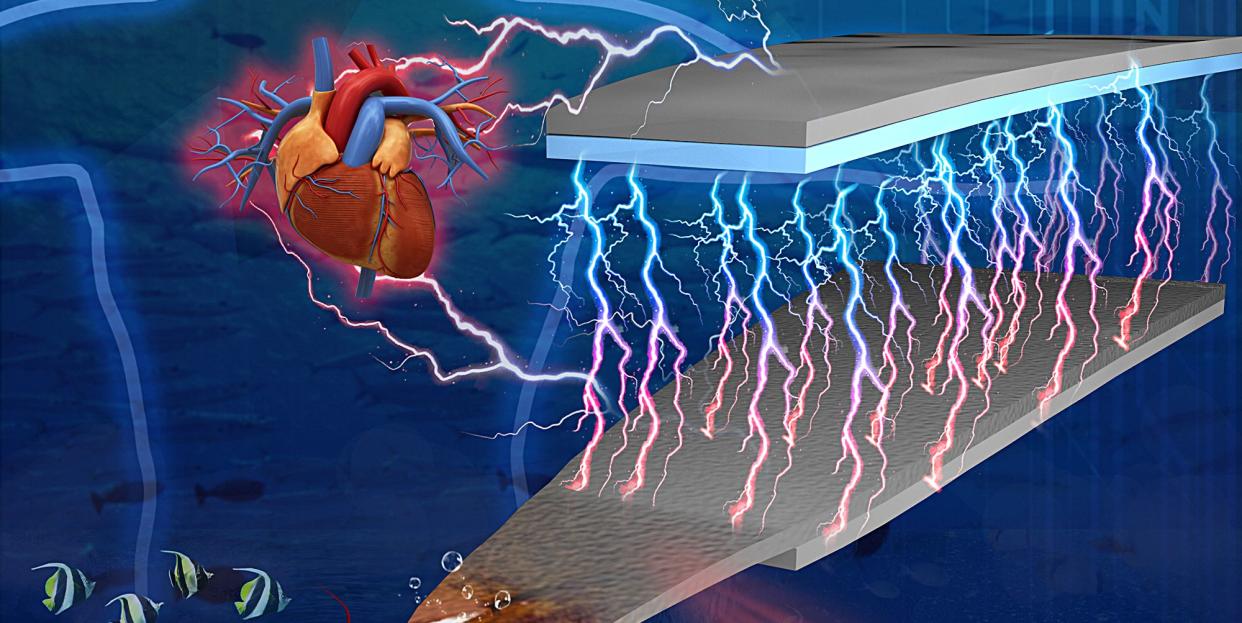An Unexpected Source of Sustainable Energy: Crustaceans

Researchers from Purdue University have created new tech that uses the shells of marine creatures to power electronics including medical devices.
The self-powered tech could revolutionize how we use devices across several fields.
A team from Purdue University has discovered a way to use the chitosan on shells from marine creatures to power electronic devices such as your phone screen and medical sensors. Chitosan, a biopolymer (like a protein, cellulose, or DNA), can be extracted from the shells of crustaceans such as shrimp, lobsters, and crabs.
Using the chitosan, researchers were able to synthesize triboelectric nanogenerators (TENGs) which turn energy into electricity. This includes transforming the mechanical energy produced by our bodies into electrical energy.
According to one of the researchers, Wenzhuo Wu from Purdue’s College of Engineering, this not only presents a responsible way to power some devices—there is an abundance of shell material that otherwise gets wasted—but also provides an opportunity for a “tunable biodegradation rate.”
Wu and colleagues published their findings in Advanced Materials where they share that because chitosan is abundant and readily available, it creates application opportunities across multiple disciplines at a low cost.
Wu says that this tech will help monitor brain and heart activity and “help with touchscreen technologies on medical devices or cellphones.” This is in addition to the augmented reality use for this new TENG tech.
One of the most important aspects about this new development is that the chitosan will help make devices self-powered, and Wu hopes that this development can pave a path for more use of natural biomaterials in science.
You Might Also Like

